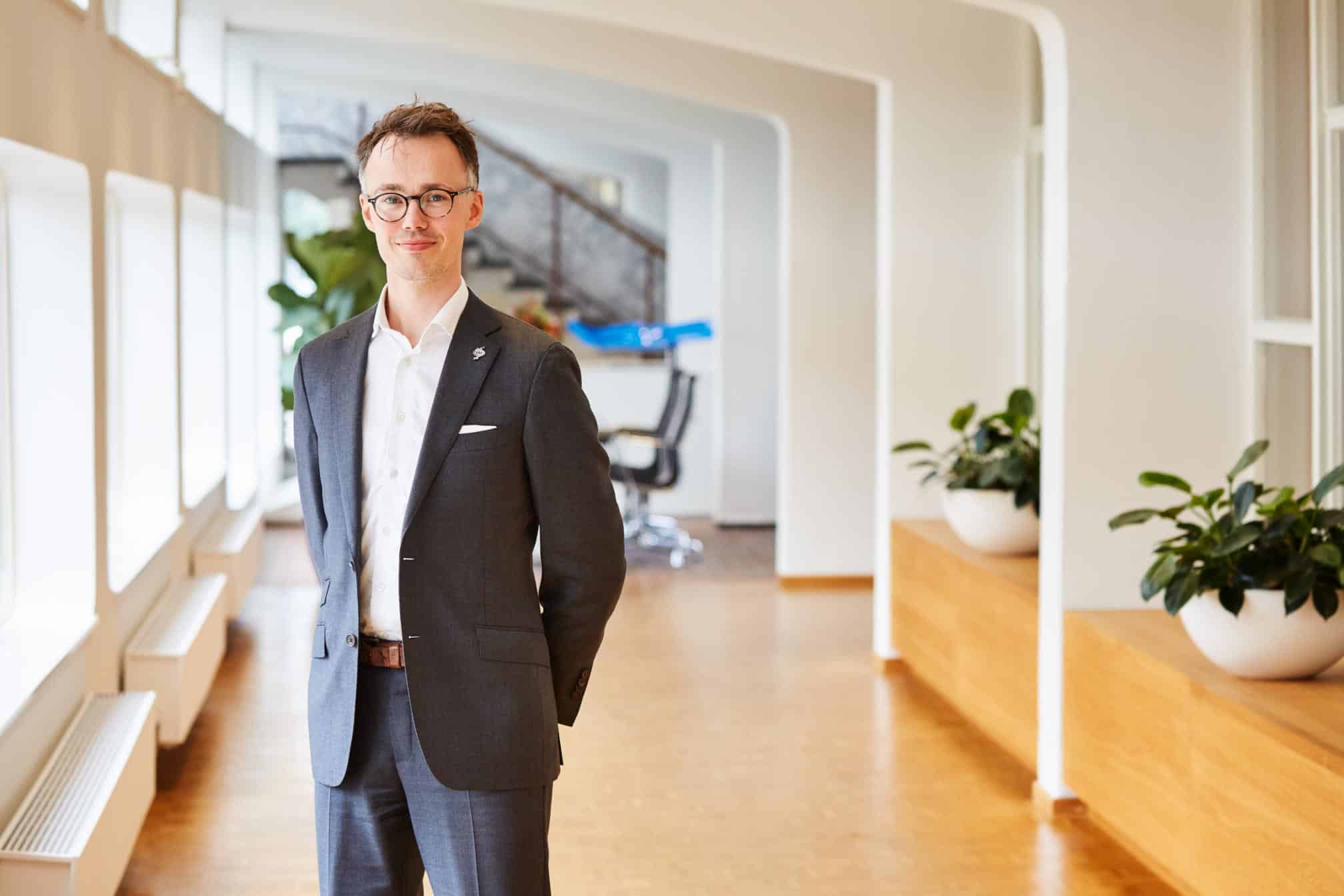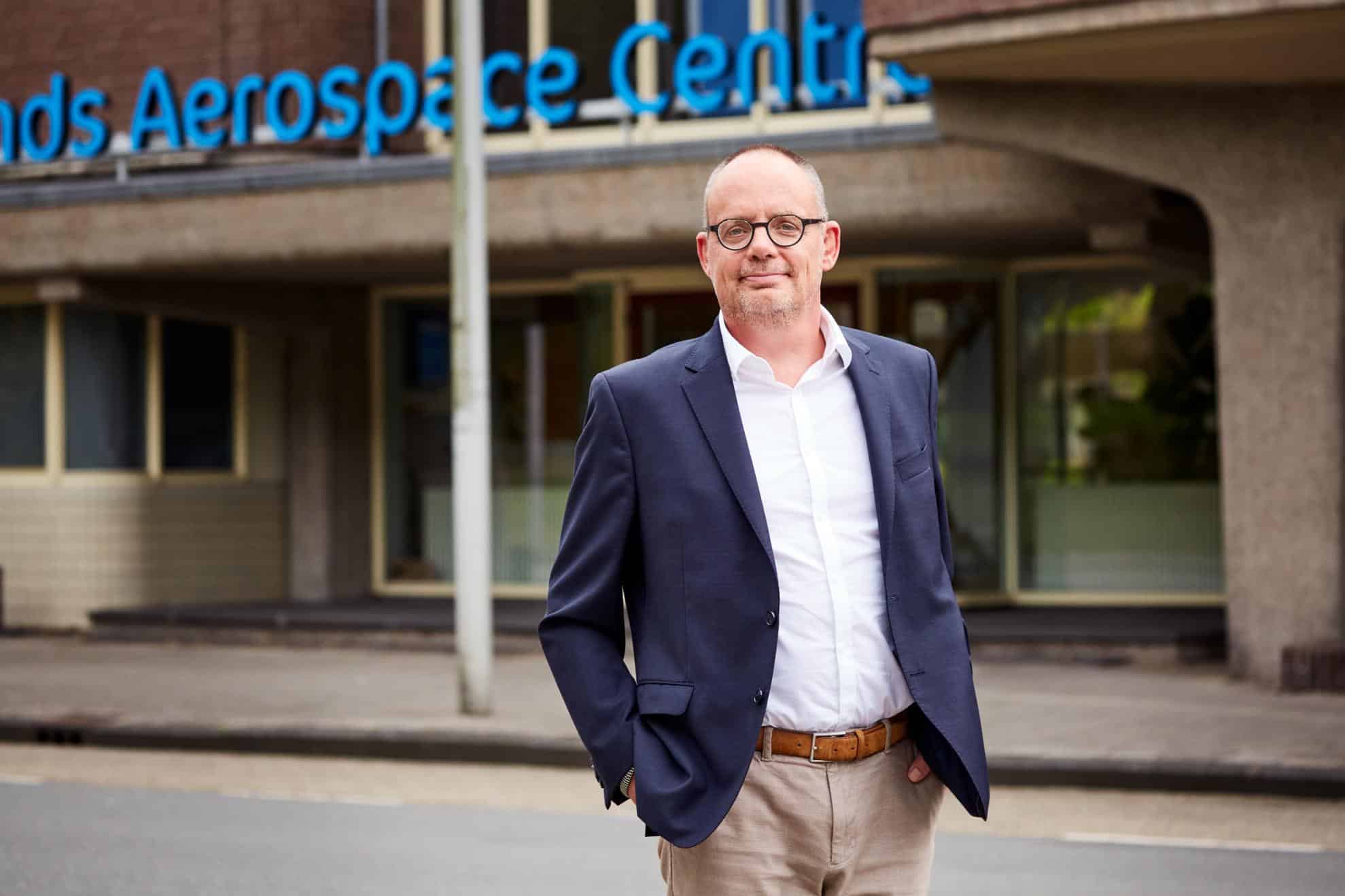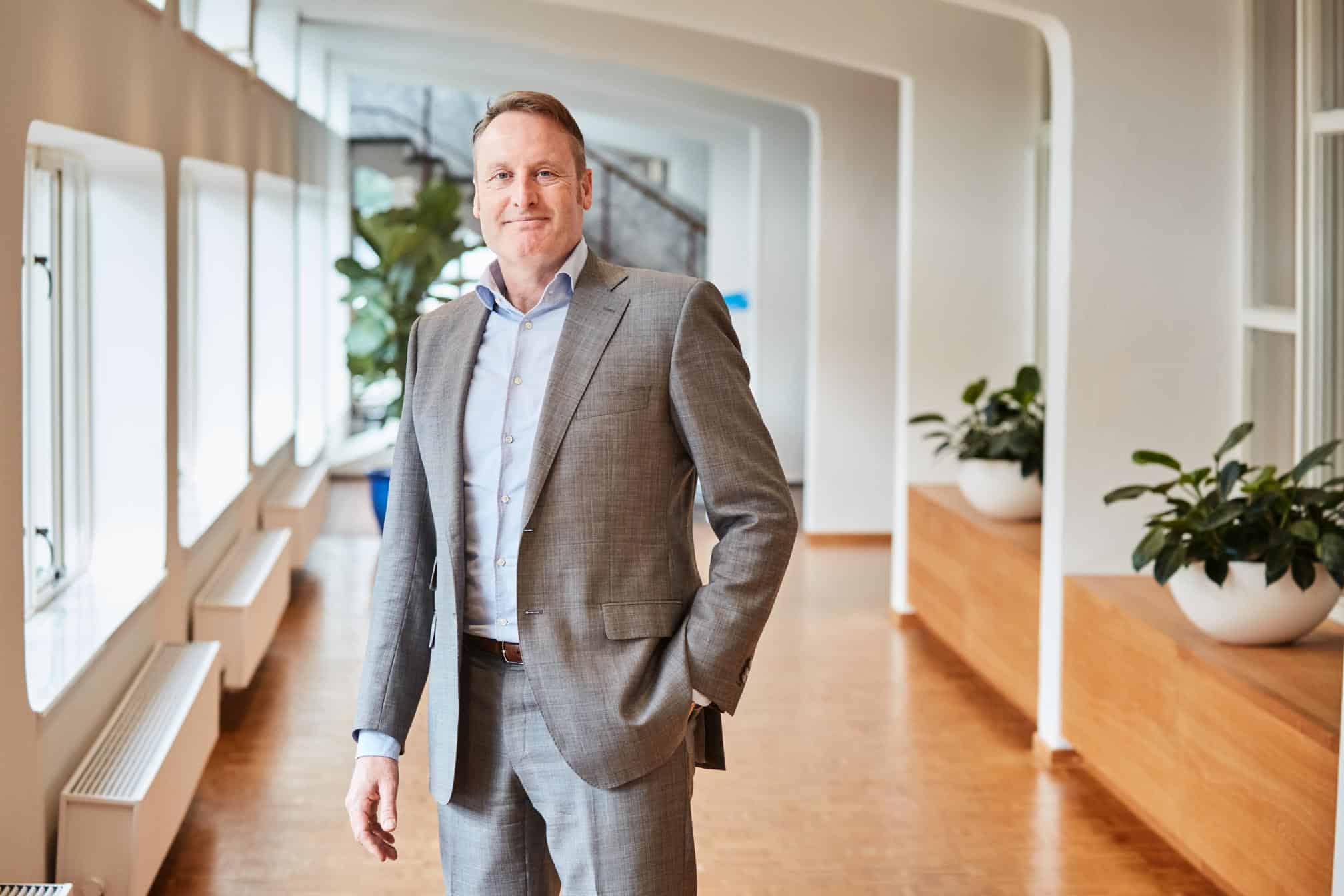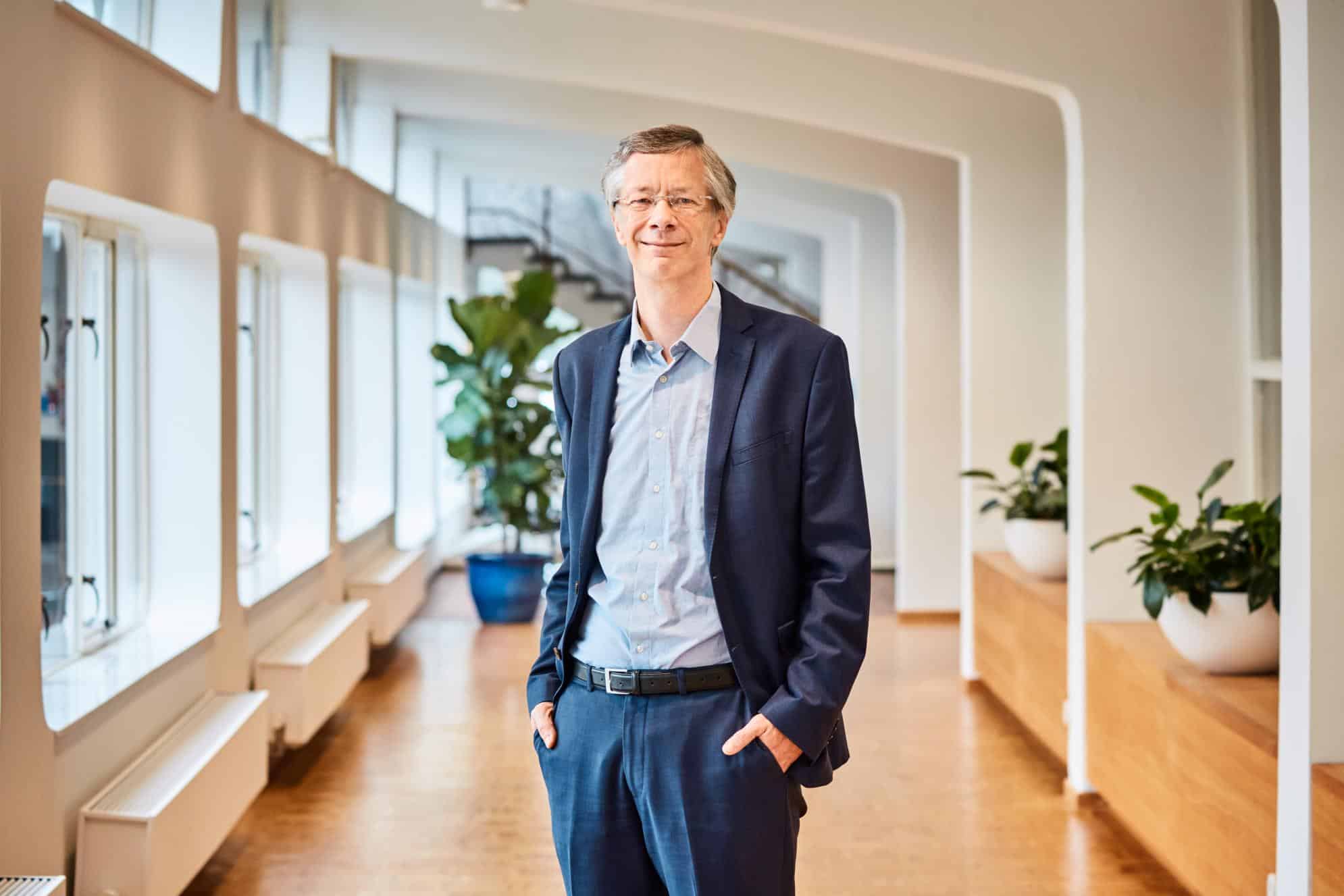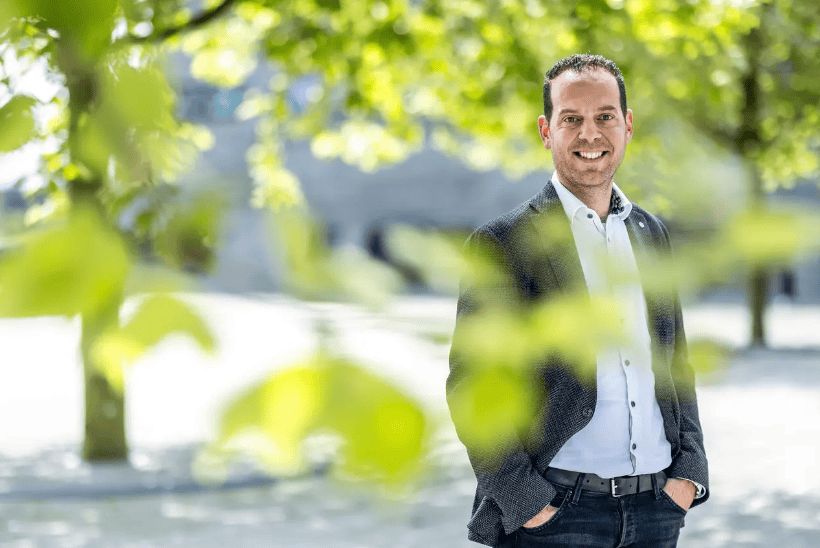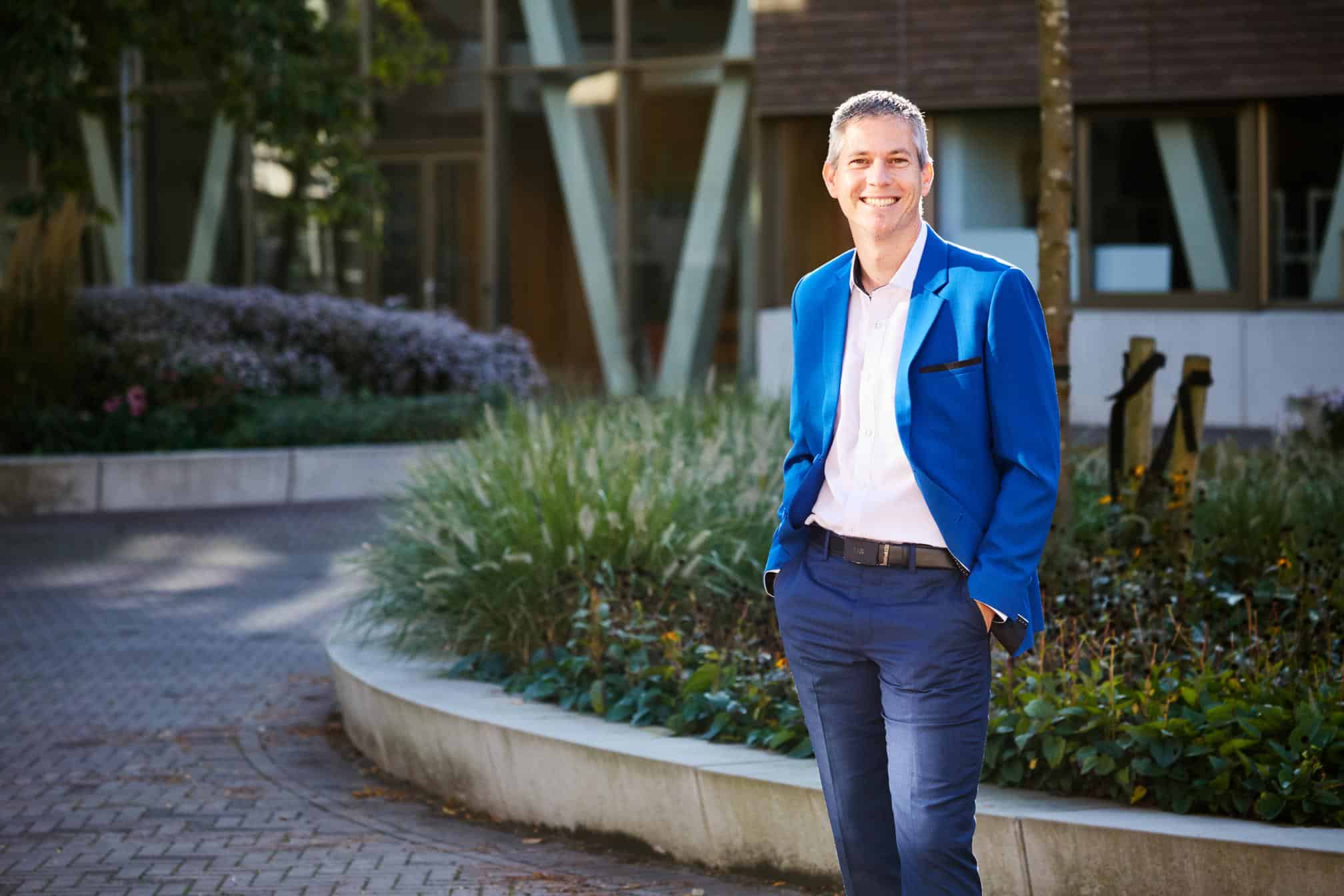
The Dutch government has great ambitions for hydrogen. The National Hydrogen Program demonstrates that the government wants to go all-out for hydrogen as the energy system of the future. But how is our hydrogen society and economy faring? In the summer series ‘The Netherlands, Hydrogen Land’, we discuss the current state of affairs with technicians and scientists on the basis of themes from the National Hydrogen Programme. The seventh instalment: the farmer as a decentralized hydrogen producer. Read the whole series here
The National Hydrogen Program
At the beginning of July, the National Hydrogen Program (NWP) was presented to the Secretary of State by the cross-sectoral working group hydrogen (CSWW). CSWW is a collaboration between 19 organizations. The program stems from the government’s National Climate Agreement. The cabinet’s vision for hydrogen contains the policy agenda in which the central government’s commitment is laid out further. The period up to and including 2021 is the preparatory phase for the actual scaling up and roll-out of hydrogen from 2022 onwards. The second phase of the NWP – which is actually the real start – Is set to commence on 1 January 2022.
The NWP describes the agricultural sector as “ideally suited for small-scale, decentralized hydrogen projects.” In addition, the NWP sees an important role here for hydrogen in achieving the targets set out in the Climate Agreement for the agricultural sector. Namely: ‘In 2050, there must be a balance between emissions on the one hand and capture and reductions on the other.’ Jacob-Jan Dogterom, co-owner of an agricultural and flower bulb company wholeheartedly agrees. “Hydrogen is a universal energy carrier that I can use to make all processes in my company sustainable. It can be fuel for my vehicle fleet, heat for drying my flower bulbs and for operating my machine processes.”
H2GO
In 2018, together with arable farmer and colleague Arie Pieter van den Hoek from Heinenoord, Dogterom started a research project to make the farm more sustainable with the use of hydrogen. “I think it is important to take responsibility as an entrepreneur. That’s why we started looking: What can we change, and how can we reduce our footprint.” By doing this, the entrepreneurs have become part of the H2GO Program. “The project explores what green hydrogen can mean for different sectors, such as mobility, shipping and agriculture. This is taking place on the South Holland island of Goeree-Overflakkee, a municipality that has major sustainable ambitions,” says Tineke Keuzenkamp, program manager at H2GO.
Promising future
In the case of agriculture, research has been conducted within the H2GO project by a number of partners, including Wageningen University & Research (WUR). Andries Visser, senior researcher City-Country Relations at the WUR, explains that the role of hydrogen for farms has barely taken off yet. But, he does foresee a promising future. “The point is that in a farm there is always a mismatch between energy that is extracted and the energy that is needed. On a daily basis, a lot of work is done during the mornings and evenings too, while there is less sun then. Or seasonally, for example in the fall, like harvesting and drying crops. So energy has to be stored and that’s when you end up with hydrogen.”
Local initiatives and production
A major advantage of the agricultural sector as a decentralized hydrogen producer is that it saves on the costs involved in upgrading the electricity grid, Visser says. “Farmers can fill their entire roof with solar panels and feed the surplus energy into the grid, but then the grid becomes overloaded.” He explains that when an extremely large user is connected to a regular medium-voltage grid, more can be supplied to that same grid for the same amount of consumption. “Suppose a group of 35 farms with sixty hectares of land each, jointly install a large electrolyser with a capacity of 1.5 megawatts. They produce hydrogen for that collectively and can then run their tractors on it all year long.” These kinds of local initiatives eliminate energy being wasted, and the energy grid does not become overloaded either.
Green hydrogen business model
As interesting as hydrogen is for the agricultural sector, it is still far too expensive. A classic chicken-and-egg story. Keuzenkamp: “Electrolysers are expensive. Hydrogen is expensive compared to fossil fuels. That’s a big issue that we are considering within the H2GO: how do we make green hydrogen financially more appealing?”
“A kilogram of hydrogen currently costs 7 euros; in order to make it profitable, it has to drop down to 4.5 euros,” Visser adds. In Visser’s view, it is important first of all for the government to give agriculture more scope to facilitate experiments and research, so that concrete steps can then be taken. He is working on calculating business models for the use of self-produced, sustainable energy in farms. This means: matching internal processes with energy production, in which the storage of energy and hydrogen plays an important role. Because of hydrogen, more and more processes can take place on a local scale. “Think about grain drying, which normally happens in the factory. But that can also be done on the farm, to use up that surplus energy. That way, you bring down the energy consumption and transportation costs of the entire chain.”

Solar energy alone is not enough
The studies show that both solar and wind energy are needed to compete with fossil energy prices. With just solar panels, Dogterom can meet half of his energy needs and be electrically neutral. But, he also wants to replace his diesel and gas consumption with green hydrogen. The remaining 1.5 megawatts will have to come from wind energy: One fifty-meter windmill is enough to make his company – two hundred hectares of agricultural land and one hundred hectares of bulb fields – completely energy-neutral. “Then my business model is complete and an electrolyser can run all year round and produce energy.”
The problem is that the municipality will not allow the company to build a wind farm. Goeree-Overflakkee presents itself as a forerunner in the field of sustainability, but Dogterom questions how effective sustainability for the island itself actually is. “From my house, I can see 35 wind turbines, but all the rights have been sold to the major parties. Local entrepreneurs are sidelined as a result.” Dogterom is also not satisfied with the national policy. According to him, the Dutch Ministry of Agriculture, Nature and Food Quality had a lack of vision when it came to hydrogen until just last summer. “Our ministry is always lagging behind. There are a lot of subsidy programs for hydrogen, but agriculture is always excluded from them.”
Pioneers
Dogterom is a pioneer: he and his colleague Van den Hoek are the first agricultural entrepreneurs to be at such an advanced stage in the use of hydrogen in an agricultural business. The entrepreneurs have registered for the IPCEI scheme offered by the European Union. They are the only agricultural project that is participating. All of Europe is watching.
Dogterom: “Do you know what we always do when we want to grow a new crop? We then take a small corner of land to learn from. I want my company to be that small corner of land for the government. A pilot where the agricultural sector can learn from and grow where green hydrogen is concerned. But the government is reluctant to take on that challenge.”

Dogterom is not easily swayed. Next week the municipality is paying him another visit. To talk about a permit for a windmill. He also hopes that early next year mobile solar panels will roll over his land. This will enable the farmer to extract solar energy from the air while improving crop growth. As an additional revenue model, he wants to put the proceeds into improving the biodiversity of his land. “We have so many plans ahead of us, you have no idea!” he adds.



